Drag racing, a thrilling motorsport that pits two vehicles against each other in a straight-line sprint, has captivated audiences for decades. Despite evolving automotive technology and changing cultural landscapes, the allure of drag racing continues to draw enthusiasts and newcomers alike, transcending generational divides.
The Thrill of Speed and Competition
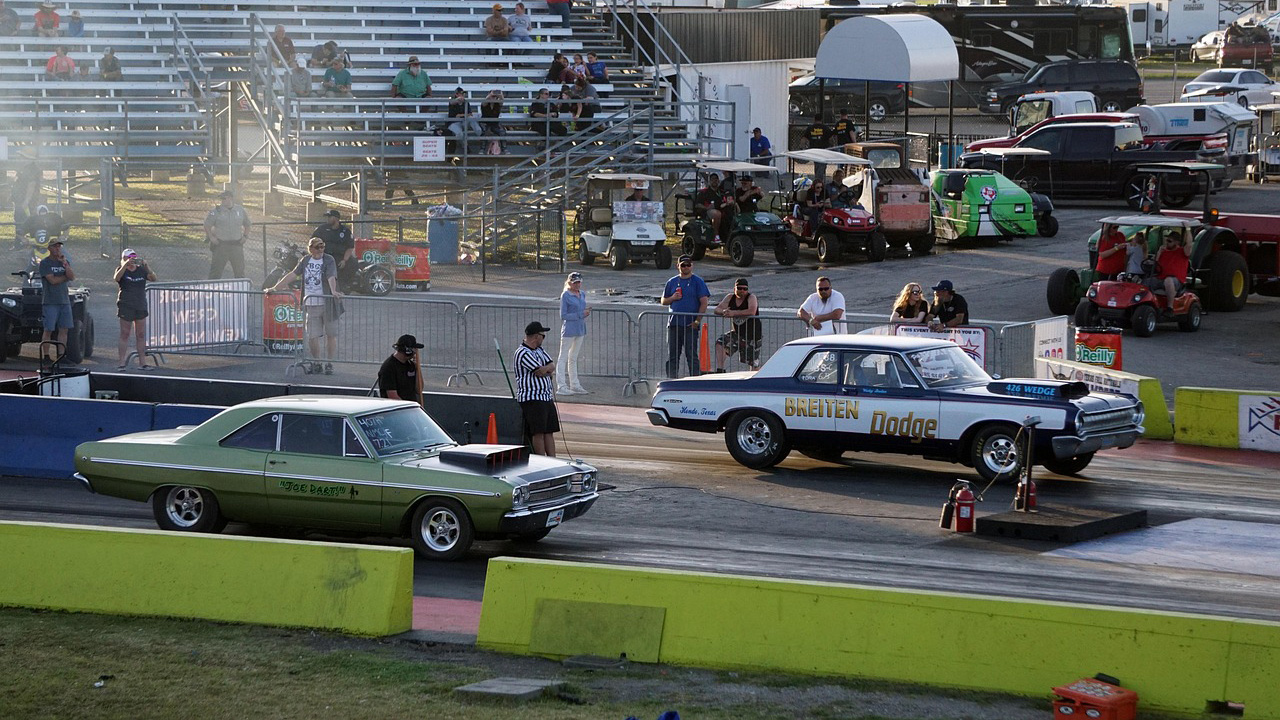
The adrenaline rush experienced during a drag race is unparalleled. As the signal lights turn green, the roar of engines fills the air, and the cars accelerate down the track at breakneck speeds. This intense burst of speed creates a heart-pounding experience that captivates both drivers and spectators, making each race a memorable event. For many, the thrill isn’t just in the speed but in the split-second decisions and reactions that can make or break a race.
Part of drag racing’s enduring appeal lies in its simplicity and accessibility. The concept is straightforward: two cars, a straight track, and a finish line. This simplicity makes the sport easy to understand and enjoy, even for those new to motorsports. Unlike other racing forms, which may require intricate knowledge of rules and strategies, drag racing is immediately engaging, allowing fans to focus on the raw power and performance on display.
A significant aspect of drag racing is the strong sense of community it fosters. Enthusiasts across age groups come together, united by their passion for speed and competition. Whether attending events, participating as drivers, or engaging online, these fans form bonds and share experiences, creating a supportive and welcoming environment that transcends generational boundaries.
The Evolution of Drag Racing Technology
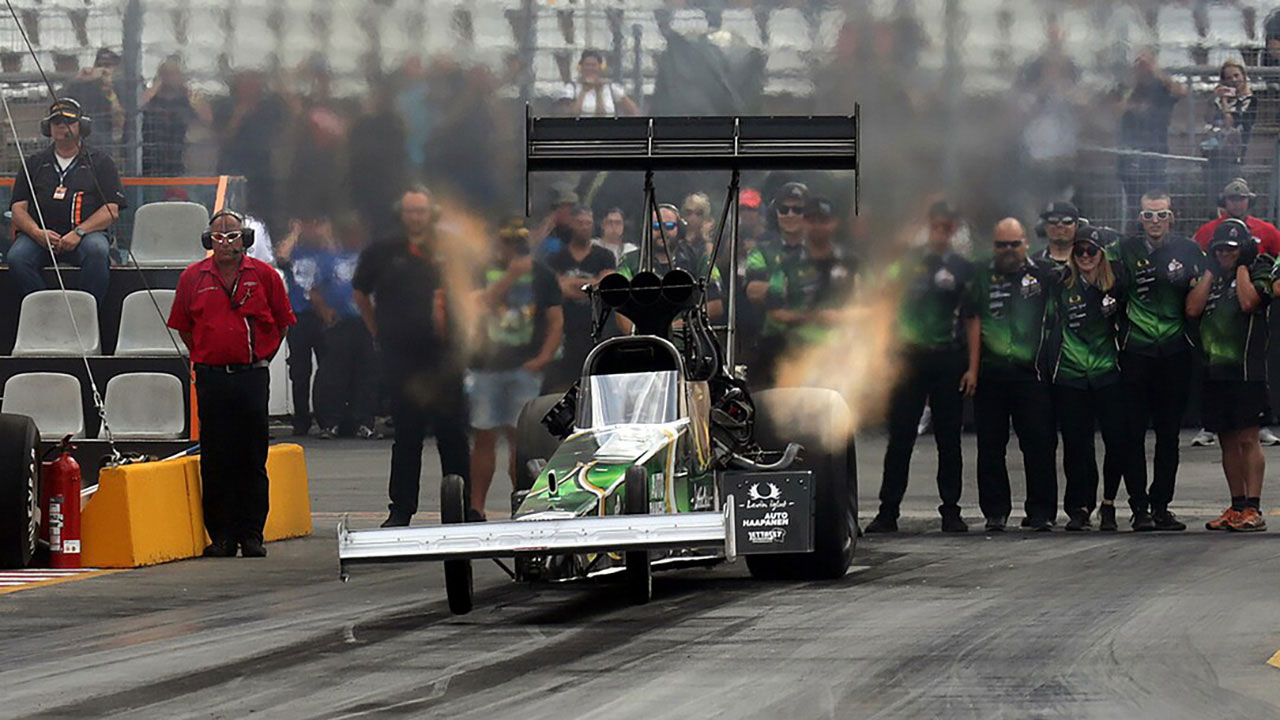
Over the years, advancements in automotive engineering have significantly enhanced the performance of drag racing vehicles. Modern dragsters are feats of engineering, capable of reaching speeds over 300 mph in just a few seconds. Innovations in materials, aerodynamics, and engine technology have not only increased speed but also improved safety and reliability, ensuring that the sport remains exhilarating while minimizing risks.
Technology has also introduced new strategic elements to drag racing. Data analysis and tuning software allow teams to optimize vehicle performance, adapting to track conditions and making real-time adjustments. This technological integration adds a layer of complexity to the sport, where decisions are informed by data-driven insights, giving teams a competitive edge while maintaining the core excitement of the race.
Despite these technological advancements, there’s a deep appreciation for the sport’s history, especially in the restoration and racing of vintage dragsters. Enthusiasts often dedicate time and resources to preserving these classic cars, blending nostalgia with modern capabilities. Events like the Goodwood Revival celebrate this fusion, where restored vehicles showcase the evolution of drag racing while preserving its rich heritage.
Cultural Impact and Media Representation
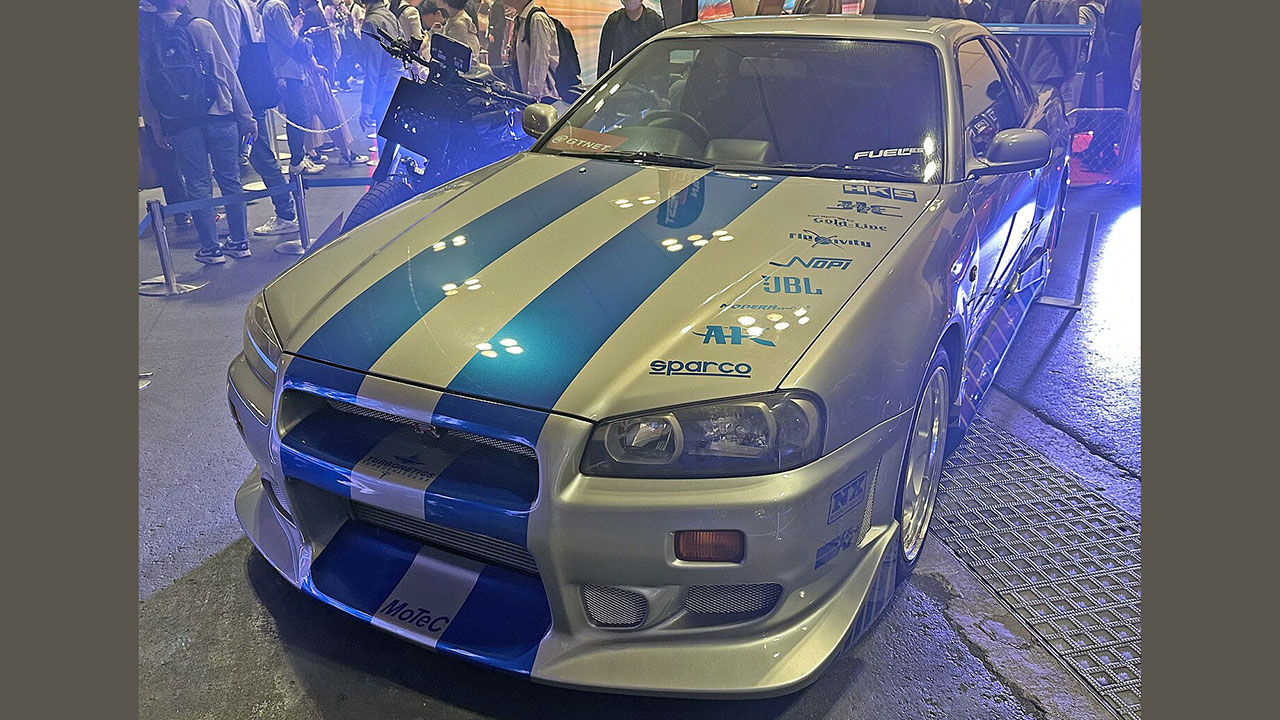
Drag racing has left an indelible mark on popular culture, with iconic moments immortalized in movies, television shows, and music. Films like “The Fast and the Furious” have brought the excitement of street racing and drag racing to global audiences, influencing perceptions and inspiring new fans. These portrayals keep the sport relevant, introducing it to younger generations who may have never attended a live event.
Social media platforms like Instagram, YouTube, and TikTok have significantly amplified drag racing’s visibility and accessibility. Influencers and enthusiasts share highlights, tutorials, and behind-the-scenes content, creating a dedicated online community. This digital presence allows fans to connect, share experiences, and stay updated on the latest trends and events, fostering a vibrant and engaged fanbase that spans the globe.
Drag racing’s appeal crosses generational lines, with families and friends often sharing their love for the sport through stories, memorabilia, and attending events together. This shared interest strengthens bonds and ensures that the passion for drag racing is passed down, keeping the tradition alive for future generations.
Economic and Social Aspects
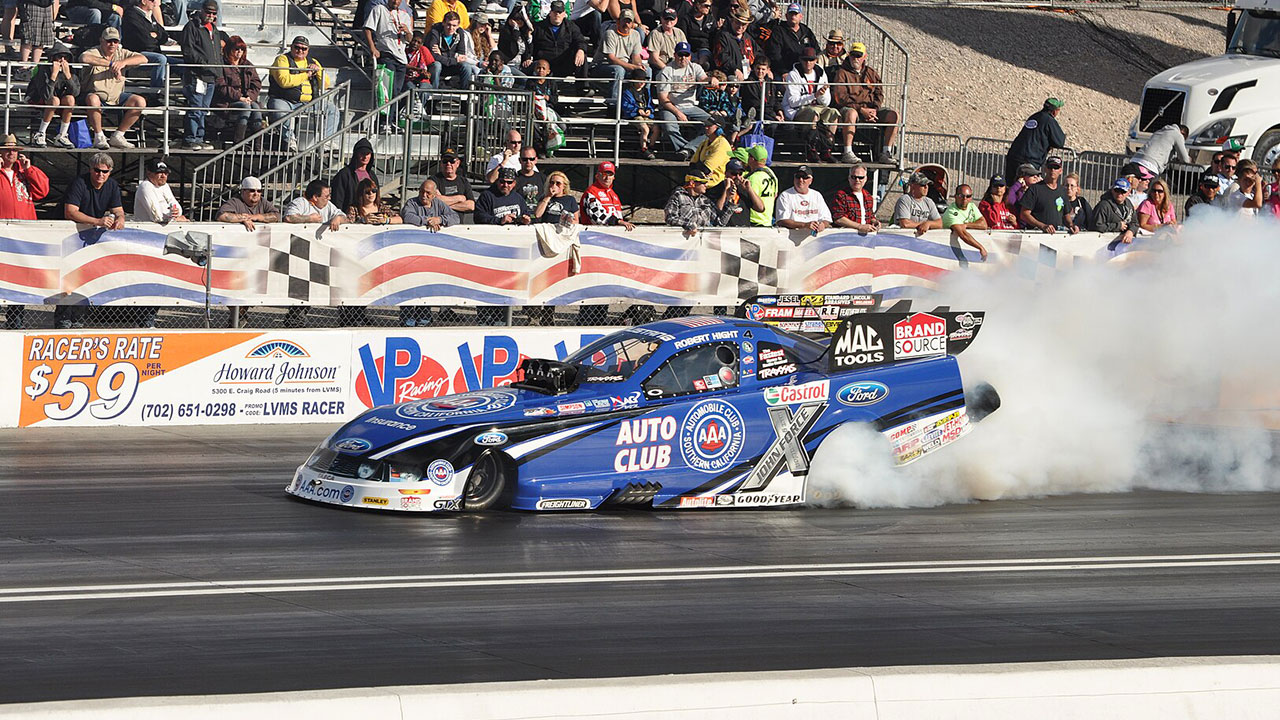
Drag racing events significantly impact local economies, driving tourism and generating revenue through ticket sales, sponsorships, and merchandise. Major events, such as the NHRA Nationals, attract thousands of visitors, filling hotels and restaurants, and providing a substantial economic boost to host communities. The sport’s popularity also creates opportunities for businesses specializing in racing parts, apparel, and memorabilia.
The drag racing community is increasingly focused on inclusivity and diversity, with efforts to welcome participants from various backgrounds. Initiatives aimed at increasing representation and participation among women and minority groups are helping to create a more inclusive environment. Programs like “Racing Pride” advocate for LGBTQ+ inclusion in motorsports, showcasing the sport’s commitment to diversity.
Drag racing caters to both grassroots enthusiasts and professional competitors, offering varied experiences and opportunities. Local grassroots events provide an entry point for newcomers, fostering talent and passion for the sport. Professional competitions, governed by organizations like the National Hot Rod Association (NHRA), offer high-stakes racing with substantial rewards, drawing top-tier talent and pushing the boundaries of performance.
The Future of Drag Racing
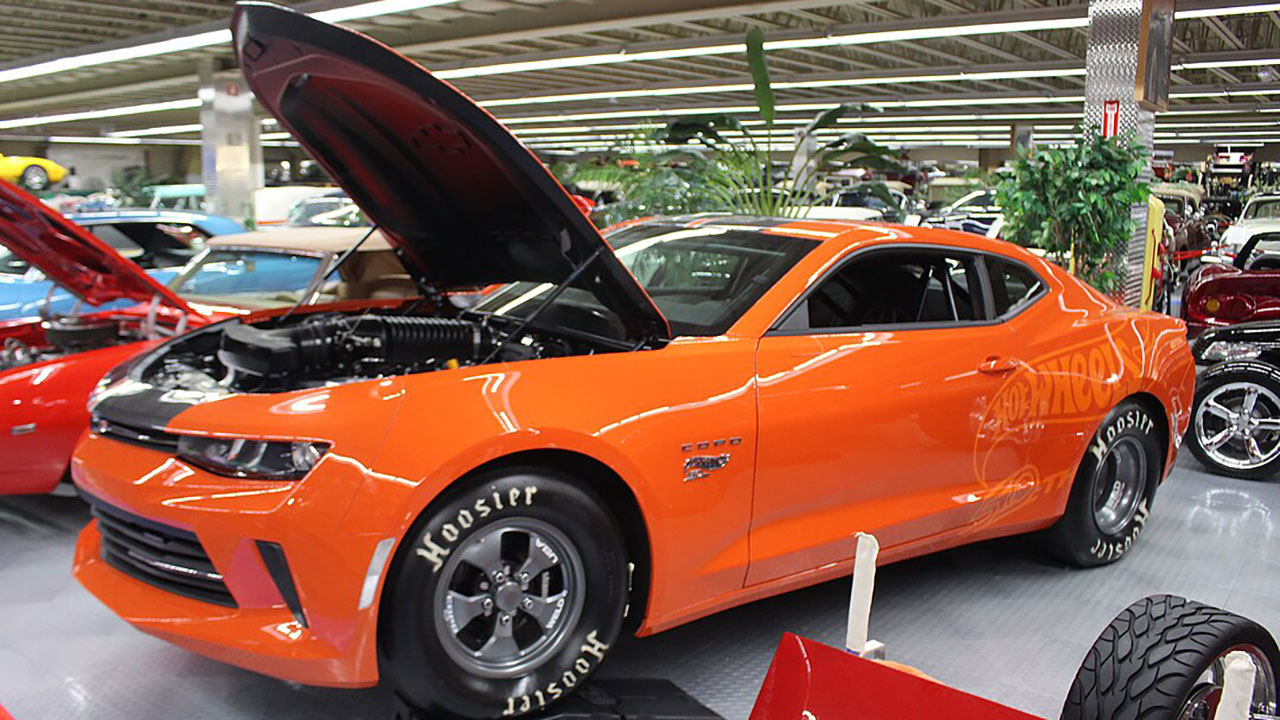
The sport is actively addressing environmental concerns with the introduction of electric drag racing and sustainable practices. Electric dragsters, like the “eCOPO Camaro,” demonstrate that high performance and environmental responsibility can coexist. These innovations pave the way for a more sustainable future, ensuring the sport remains relevant in an increasingly eco-conscious world.
Engaging younger generations is crucial for the future of drag racing. Educational programs and junior leagues aim to introduce young enthusiasts to the sport, fostering skills and interest from an early age. Organizations like the NHRA’s Youth & Education Services Program provide opportunities for students to learn about the science and engineering behind racing, inspiring the next generation of drivers and fans.
As drag racing evolves, it strives to balance tradition with innovation. The sport’s rich history is celebrated through classic car events and nostalgia races, while new technologies and practices ensure its continued relevance and excitement. By embracing change and preserving its core elements, drag racing remains a captivating and enduring motorsport that appeals to fans across generations.
Like Fast Lane Only’s content? Be sure to follow us.
Here’s more from us:
*Created with AI assistance and editor review.

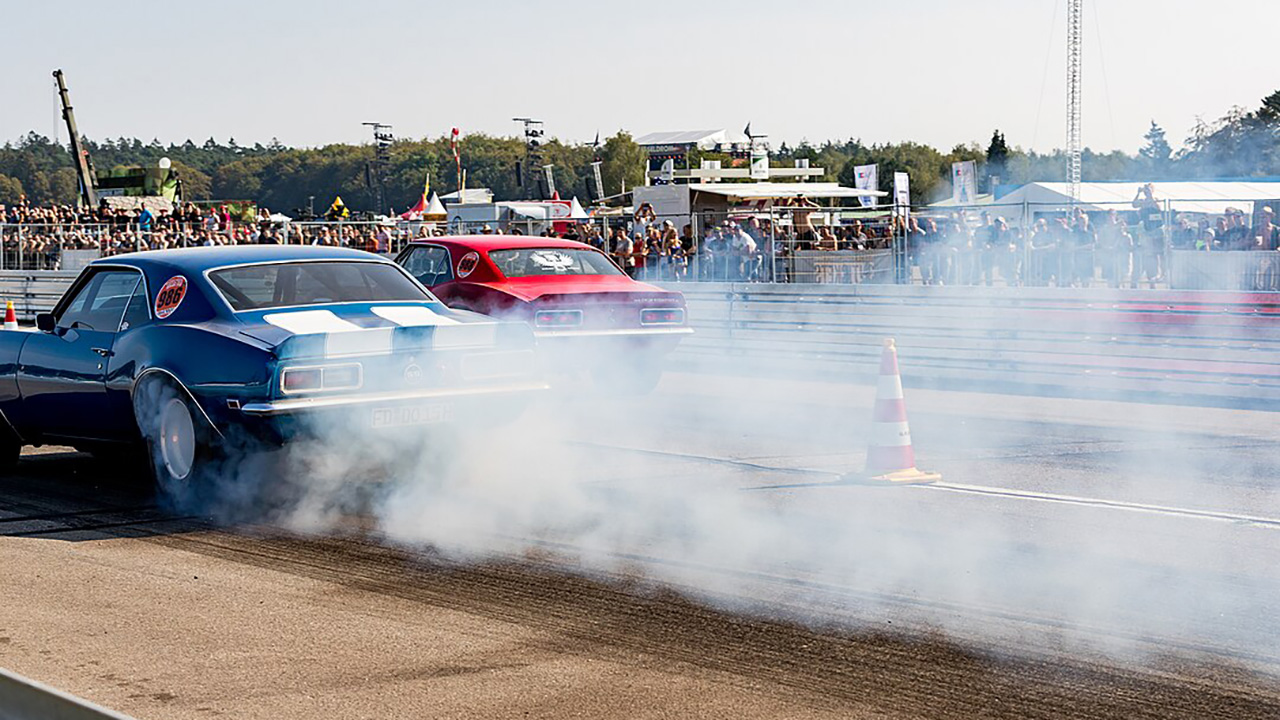

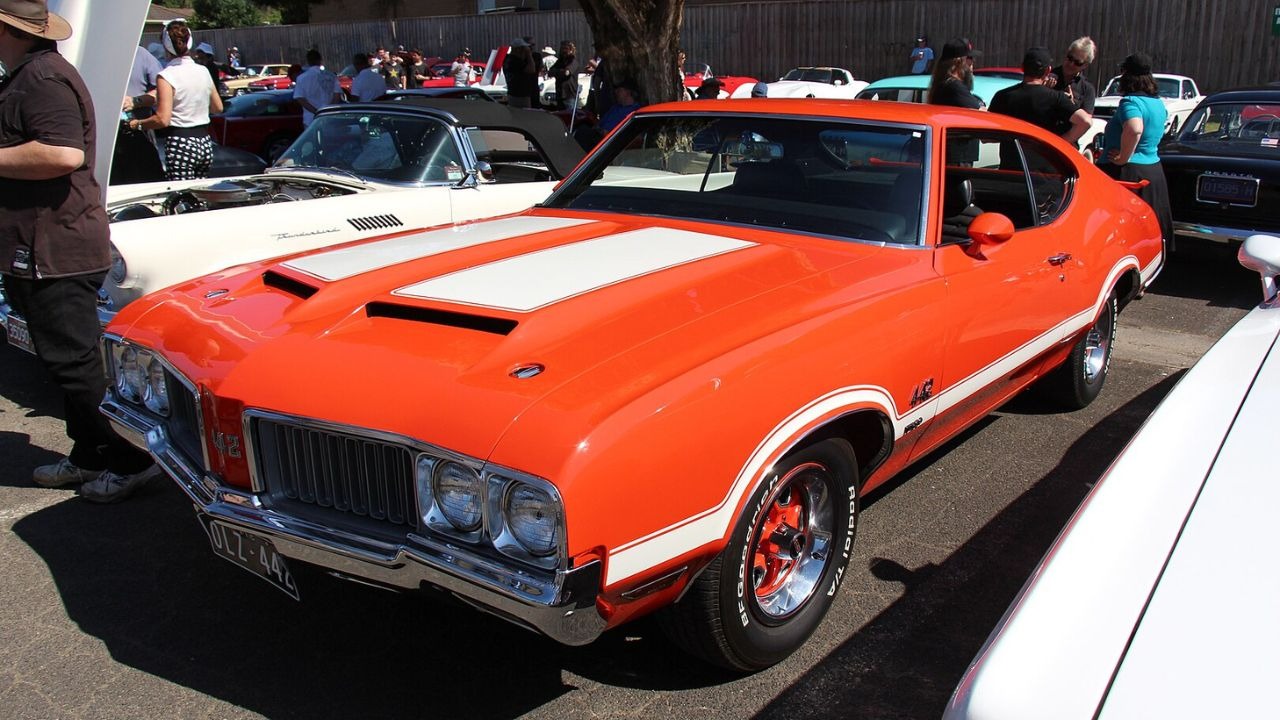
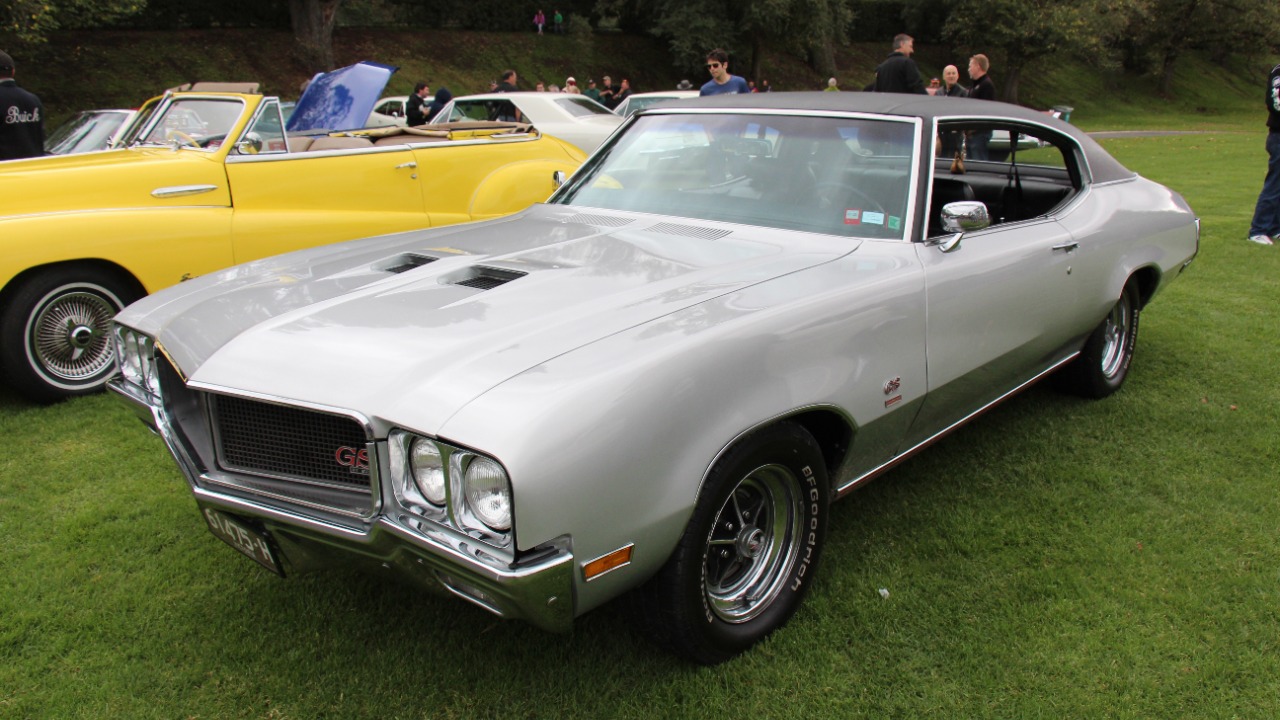
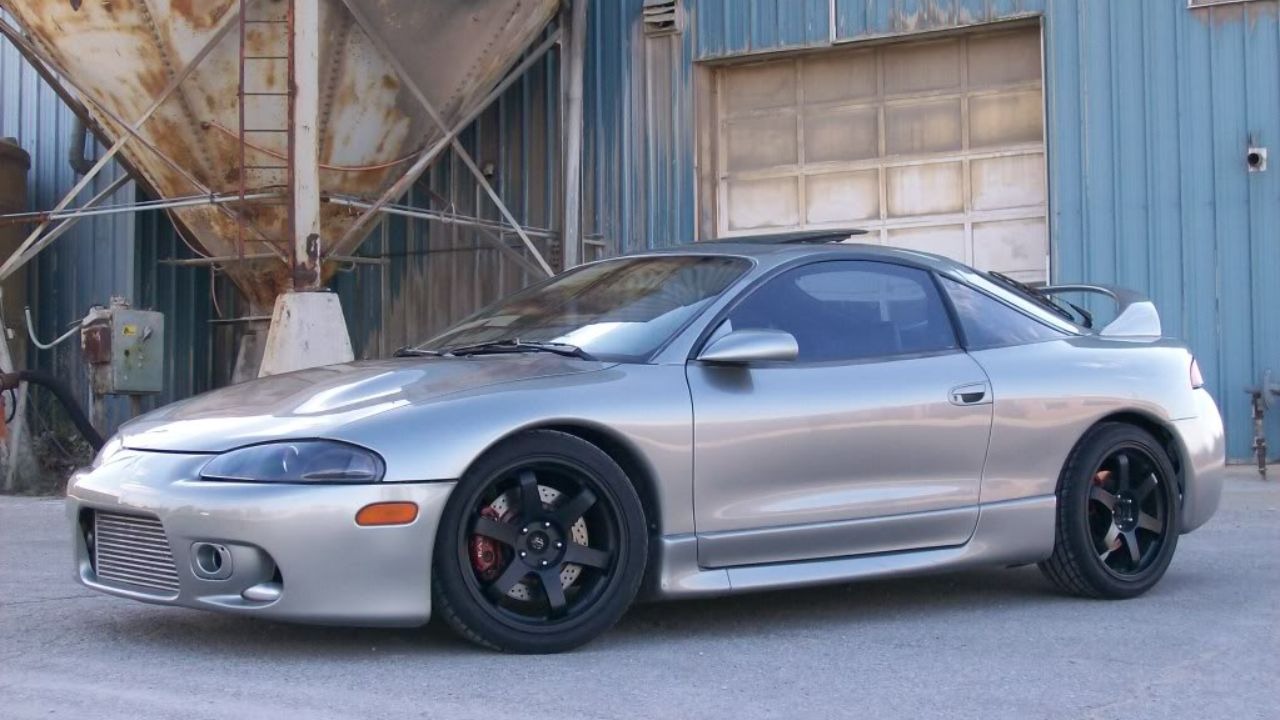
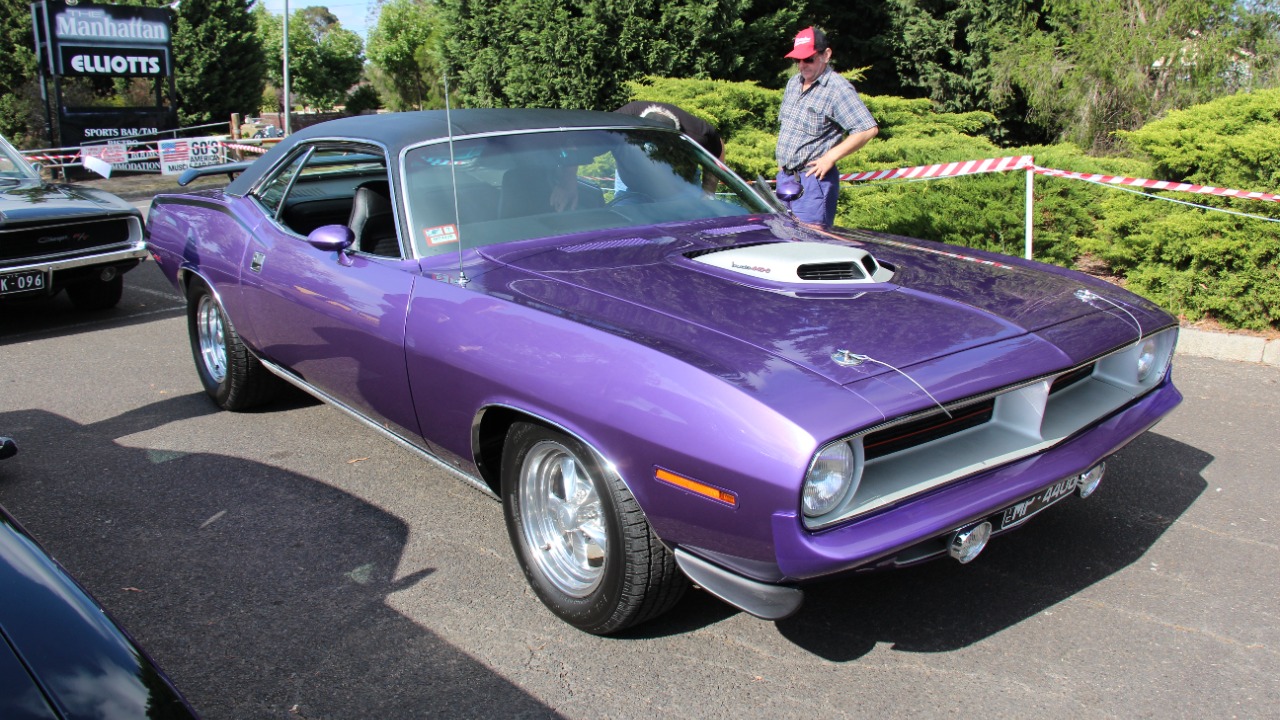
Leave a Reply